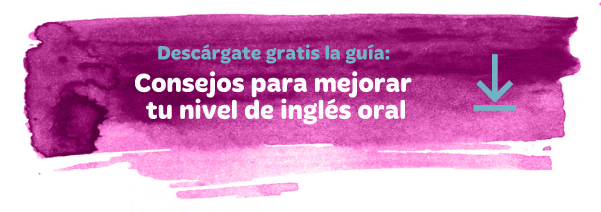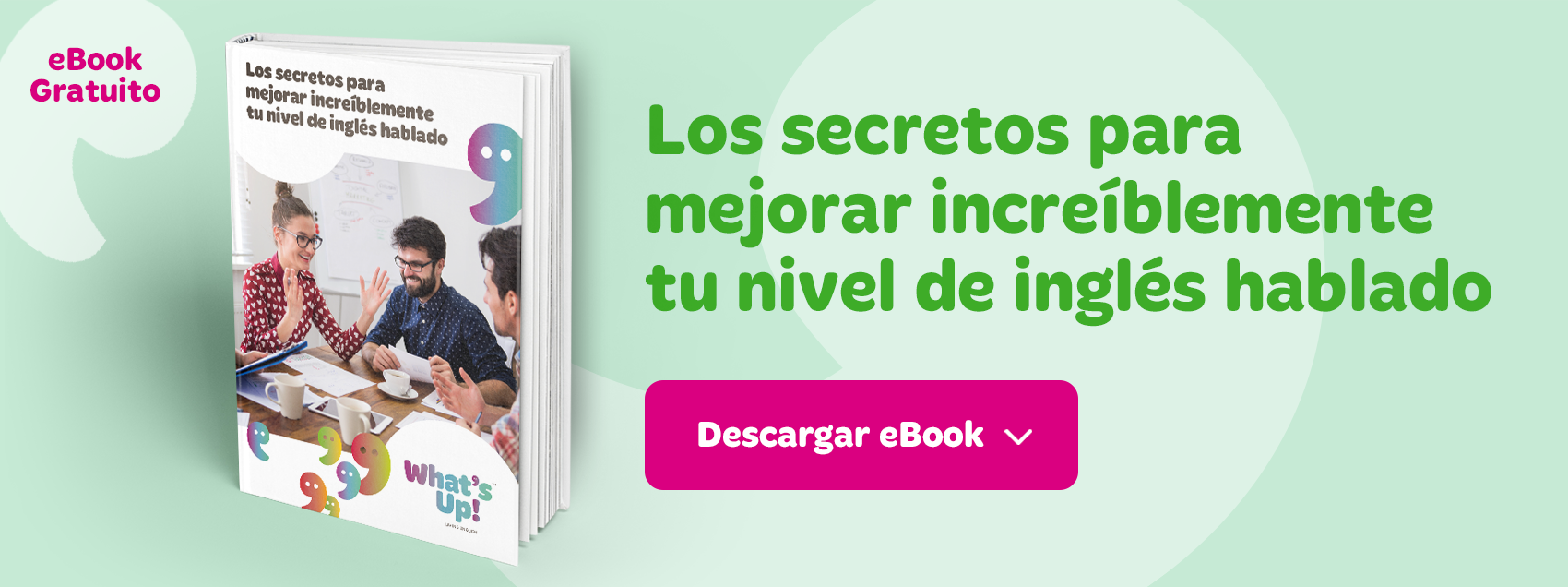What's Up! blog
el mejor contenido del mejor curso de inglés
English for tourism: diálogos y ejercicios para practicar
Hoy en día, el inglés puede servirnos para viajar a casi cualquier parte del mundo. Con unas cuantas frases bien elegidas, podemos apañarnos para viajar y podernos defender con el idioma. Además, atreverse a hablar con desconocidos en inglés es una forma excelente de perderle el miedo a la conversación.
Pon en práctica lo que aprendes en tus clases habituales de la mejor forma posible: viajando. Aquí tienes unos ejemplos de diálogo y unos ejercicios para ayudarte a practicar vocabulario y estructuras útiles para tus viajes.
Viajando
Prueba a leer estos diálogos en voz alta. Si puedes, practica con alguien:
A: Excuse me, do you know where I can find the international buses? I am taking a bus to Berlin and I can’t find it.
B: Sure, it’s quite simple. You have to go down this corridor until you see the shopping area. Turn left and you will see the bus schedule displays. Find your bus and look up where it’s leaving from.
A: Thank you very much! Do I need to check in beforehand?
B: No, just go straight to your bus, you just need to show the driver the ticket.
A: Hi! Sorry, can I ask you a question?
B: Sure, go ahead.
A: Do you know where the Chili Hostel is? My phone is dead and I can’t look it up.
B: Hmm… rings a bell. Do you know the name of the street?
A: I think it was Harold Street…
B: Oh, that’s just around the corner! Just turn right at that café over there.
A: Thank you very much.
B: Good luck!
Ocio
Ahora prueba con estos. Esta vez van orientados a encontrar actividades interesantes que hacer en un sitio nuevo.
A: Hi! Can I help you?
B: Yes, I was wondering whether there’s live music anywhere around here. I’d love to listen to some regional music.
A: Yes, there’s a few places that have live music in the evenings. There’s even a few that offer dancing lessons and shows.
B: Oh, that would be great, where can I find them?
A: There’s three very famous pubs in the city centre, let me mark them on your map. They’ll be very busy, though, you might want something a bit quieter.
B: I don’t really mind. What time do the shows start?
A: There’s usually something going on from 8 p. m.
B: Thank you very much.
A: You’re welcome. Enjoy your visit!
A: Hi! Are you here for the city tour?
B: Yes! Are you?
A: Yes. I’ve never been to Paris before, do you have any idea what we’re going to visit?
B: Um… well, I’ve only been here once before, so I don’t know the city much, but I’m sure we’ll visit the most important monuments. You know, the Eiffel Tower, Notre Dame and so on.
A: Have you been to any of them before?
B: Just a few. I loved the Arc de Triomphe.
A: It sounds great! Can’t wait to start.
B: Yes, I bet you’ll really enjoy it.
Ahora, te toca a ti. Fíjate en las partes de los diálogos subrayadas. Modifica cada diálogo cambiando esas frases subrayadas por otras similares y prueba a leerlos de nuevo. Podrás ponerte en muchas situaciones diferentes y prepararte para matener conversaciones de todo tipo. Si quieres desenvolverte bien, tienes que seguir la filosofía practice, practice, practice!
Posts relacionados:
- Cómo empezar un email en inglés: un saludo para cada situación
- Diálogo en un restaurante en inglés: what do you want for dinner?
-
Ejemplos de cover letter: las formas más efectivas de escribirlas



